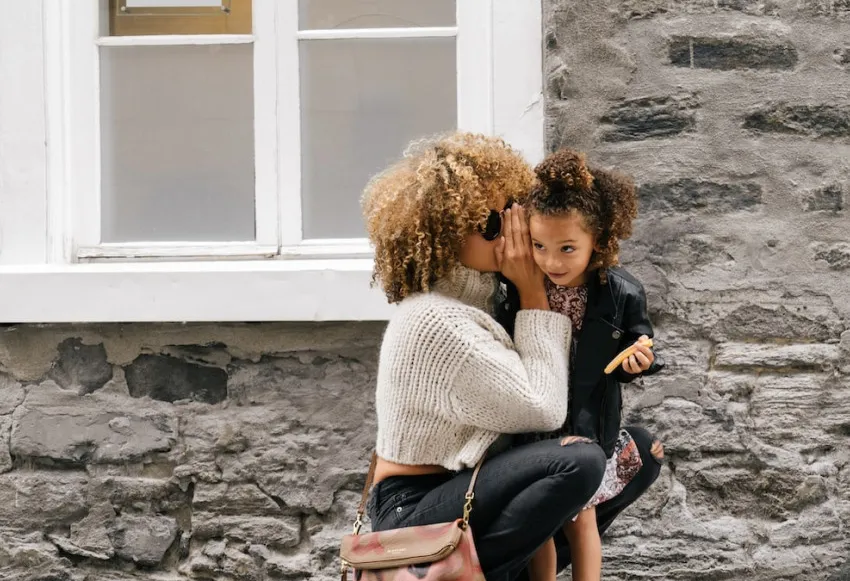Love is a powerful force that knows no boundaries. When two individuals come together in marriage, they not only commit to each other but also to blending their families. As a bride groom in a blended family setting, it is important to navigate the complexities of this unique dynamic and nurture love among family members. In this article, we will explore different strategies and tips to foster love, unity, and harmony in a blended family.
Understanding the Role of a Bride Groom in a Blended Family
As a bride groom in a blended family, you play a crucial role in setting the tone for the family dynamics. It is important to understand that you are not only marrying your partner but also stepping into a role where you are responsible for nurturing love between yourself and your stepchildren, as well as between your stepchildren and your biological children. Here are some key aspects to consider:
Establishing Trust and Building Relationships
Building a strong foundation of trust is essential in any relationship, and it becomes even more crucial in a blended family setting. Take the time to get to know your stepchildren on an individual level, and show genuine interest in their lives. Create opportunities for open communication and be a patient listener when they express their feelings or concerns.
Encouraging Open Communication
Communication is key to fostering love and understanding in any family, but it becomes particularly important in a blended family setting. Encourage open and honest communication among all family members. Create a safe and judgment-free space where everyone feels comfortable expressing their thoughts and emotions. This will help build strong bonds and resolve conflicts more effectively.
Treating All Children Equally
In a blended family, it is essential to treat all children equally, regardless of their biological or step relationship to you. Avoid favoritism and make an effort to ensure that each child feels loved, valued, and included. This can be achieved by spending quality one-on-one time with each child, engaging in activities they enjoy, and showing appreciation for their individuality.
Setting Realistic Expectations
Blending families takes time, effort, and patience. It is important to set realistic expectations and understand that building a harmonious blended family is a process that may have its ups and downs. Be prepared for challenges and setbacks, and approach them with a problem-solving mindset. Remember that love takes time to grow and flourish, and it is okay to seek professional help if needed.
Nurturing Love in a Blended Family Setting
Now that we have established the foundational aspects of being a bride groom in a blended family, let's explore some practical strategies and tips to nurture love among family members:
Promoting Family Bonding Activities
Engaging in regular family bonding activities can help foster love and create lasting memories. Plan activities that are inclusive and cater to the interests of all family members. This could include family game nights, movie marathons, outdoor adventures, or even volunteering together. By spending quality time as a family, you create opportunities for connection and emotional bonding.
Supporting Individual Relationships
While it is important to nurture love among all family members, it is equally crucial to support and encourage individual relationships. Recognize that each child may have different needs and preferences when it comes to connecting with their stepparents or step-siblings. Foster these individual relationships by providing the space and support needed for them to grow. Encourage shared interests and hobbies, and show genuine interest in each child's unique qualities.
Creating Family Traditions
Family traditions help create a sense of belonging and unity. Establishing new traditions as a blended family can be an exciting way to strengthen the bond between family members. Consider incorporating elements from both families' traditions and creating new ones that are unique to your blended family. This could be celebrating special occasions, annual vacations, or weekly family rituals. Engage all family members in the decision-making process to ensure inclusivity.
Promoting Mutual Respect
In a blended family setting, it is crucial to promote mutual respect among all family members. Teach and model respectful behavior, both within the immediate family and in interactions with extended family members. Encourage open-mindedness, empathy, and understanding. By fostering a culture of respect, you create an environment where love can thrive.
Seeking Professional Help
Blending families can be challenging, especially when dealing with complex emotions and dynamics. It is important to recognize when professional help may be beneficial. Family therapists and counselors can provide guidance, support, and strategies to navigate the challenges of a blended family. Seeking professional help is a proactive step towards nurturing love and creating a harmonious family environment.
Comparison Chart: Blended Families vs. Traditional Families
| Aspect | Blended Families | Traditional Families |
|---|---|---|
| Family Structure | Composed of individuals from different biological and/or legal relationships. | Composed of individuals from one biological and/or legal relationship. |
| Dynamics | Can be complex due to the merging of multiple family units. | Generally have established family dynamics. |
| Relationship Building | Requires effort to establish new relationships and bonds. | Relationships are built through biological ties and upbringing. |
| Inclusion | Involves incorporating different family members from previous relationships. | Primarily includes immediate family members. |
| Diversity | Involves embracing diversity in family relationships and experiences. | May have more consistent experiences within the family unit. |
| Challenges | May face challenges in terms of adjusting to new family dynamics and potential conflicts. | May encounter challenges related to biological family dynamics and disagreements. |
| Unique Opportunities | Offers opportunities to create new traditions and connections between family members. | Opportunities to carry on family traditions and build deep-rooted bonds. |
| Flexibility | Requires flexibility and adaptability to navigate through different family relationships. | Families can adapt to different life situations while maintaining core family values. |
| Emotional Complexity | May involve handling complex emotions and differing loyalties. | Can have its own emotional complexities but may be more streamlined within the immediate family. |
| Growth and Adaptability | Provides an opportunity for personal growth and the development of new perspectives. | Growth and adaptability are essential to accommodate changes within the family unit. |
Conclusion
Love knows no boundaries, and as a bride groom in a blended family, you have the power to nurture love and harmony among family members. By understanding your role, building trust, encouraging open communication, treating all children equally, and setting realistic expectations, you can lay the foundation for a strong and loving blended family. Incorporating family bonding activities, supporting individual relationships, creating traditions, promoting mutual respect, and seeking professional help when needed are practical strategies to foster love in a blended family setting. Embrace the unique opportunities and challenges that come with blending families, and remember that with time, patience, and dedication, love will continue to grow and flourish within your blended family.

